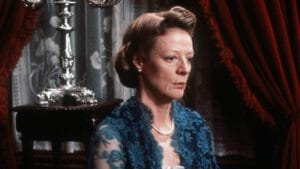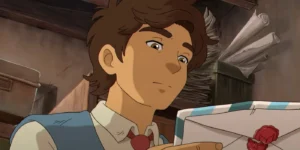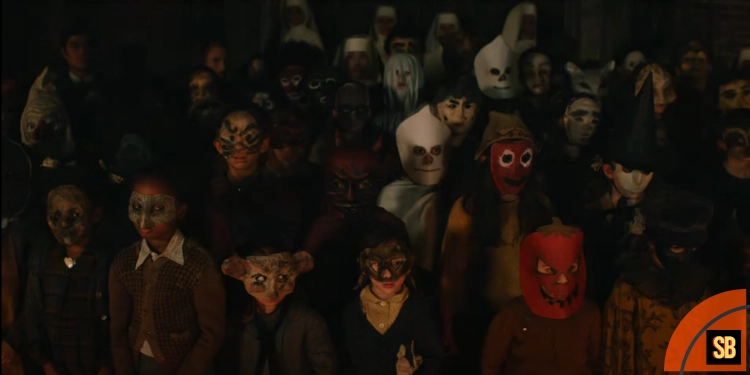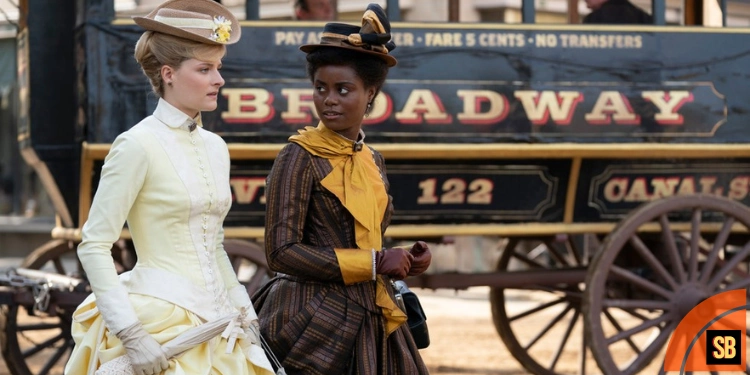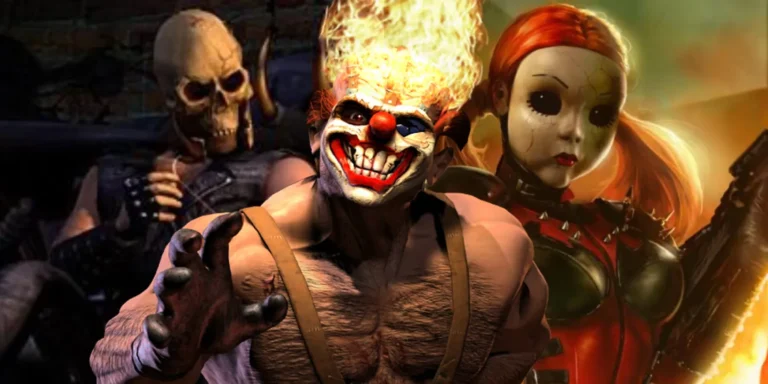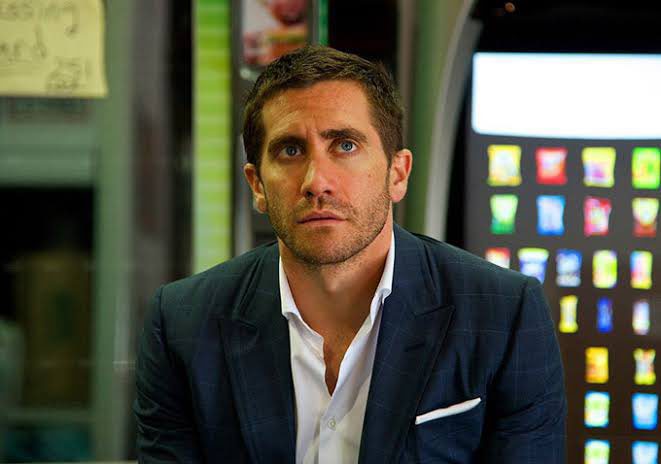In Kenneth Branagh’s latest cinematic adaptation of an Agatha Christie masterpiece, A Haunting in Venice, we encounter a narrative that ventures far from its source material, making it a unique experience in its own right. While the film retains some character names, the Halloween backdrop, and a series of murders, it transforms the original story into something new and unexpected. Starring Branagh as the iconic detective Hercule Poirot, the A Haunting in Venice embarks on a journey that diverges significantly from Christie’s 1969 book, Hallowe’en Party.
These substantial deviations from the source material are not only understandable but also essential for a captivating cinematic experience. Initial reviews and an impressive Rotten Tomatoes score for A Haunting in Venice suggest that the changes made by Branagh and screenwriter Michael Green enhance the original story. Adapting a 50-year-old novel verbatim would leave little room for mystery and suspense, so introducing fresh twists and turns is a natural choice.
1. A Haunting In Venice Changes The Book’s Name
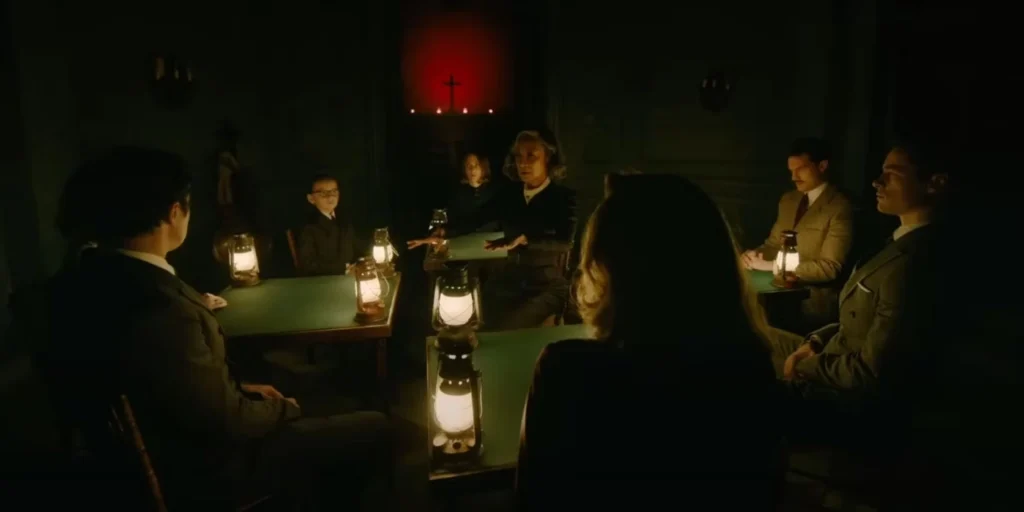
Agatha Christie’s original novel is titled Hallowe’en Party, as it unfolds during a Halloween celebration. In contrast, A Haunting in Venice occurs on Halloween night but brings its characters together through a séance to communicate with the departed. This altered title reflects the film’s darker, more ominous tone that leans heavily on horror.
2. A Haunting In Venice Changes The Book’s Location
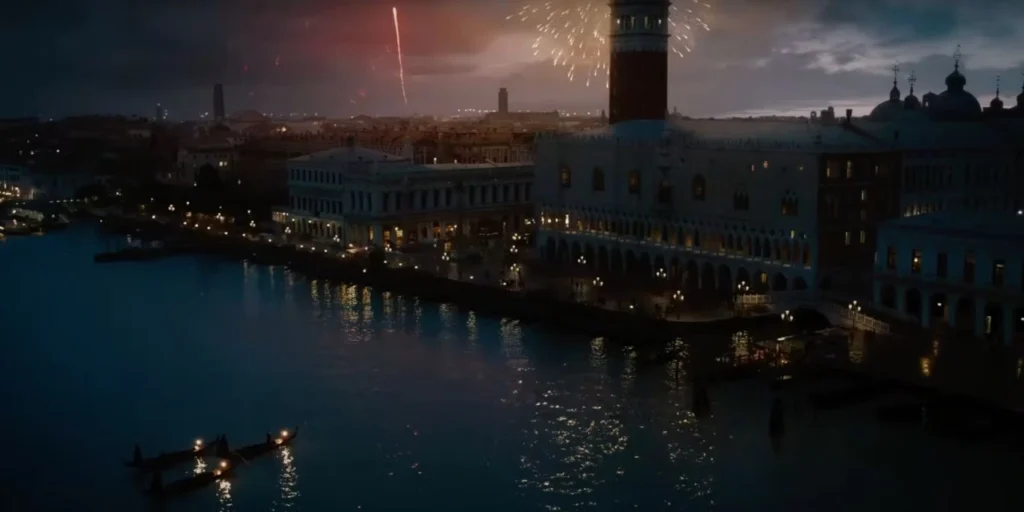
Christie’s Hallowe’en Party takes place in the gardens and woods of a small English town, which, while fitting for the novel, may not have translated well to the cinematic screen. A Haunting in Venice trades the quaint English countryside for the enchanting backdrop of Venice, Italy, with its haunting canals and Gothic architecture, setting the stage for a heightened sense of horror. Screenwriter Michael Green explained, “There is nothing more haunted than a Venetian palazzo, and the city just calls for mist and masks, and the creepy crawly, throw-a-body-in-the-river kind of feel. We wanted to take advantage and use the inherent spookiness and the magic and luster of Venice to make an unimaginably terrifying Halloween night.”
Read more: Who Killed Ben Glenroy? 6 Suspects In Only Murders In The Building Season 3
3. A Haunting In Venice Changes Agatha Christie’s Tone
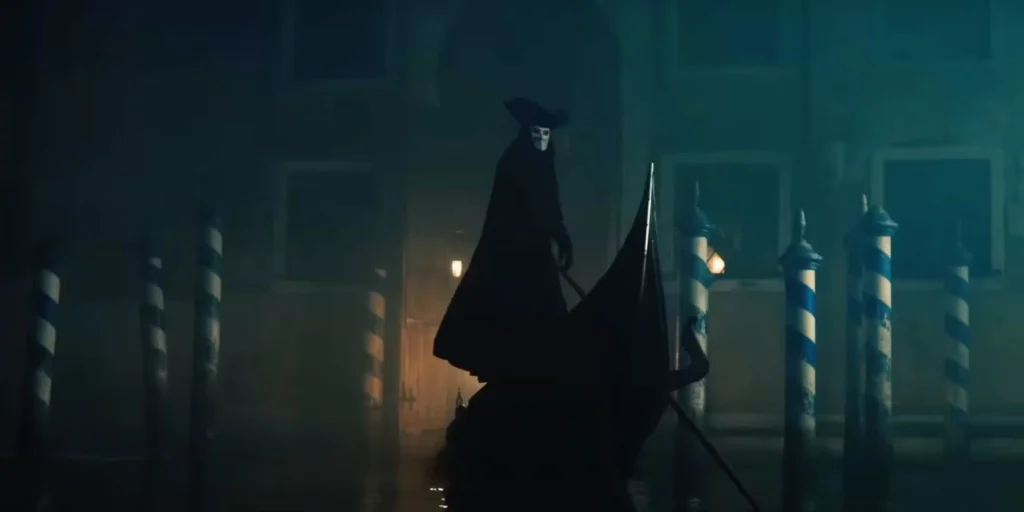
While the book remains firmly rooted in reality, with ordinary people committing the murders, A Haunting in Venice takes a different path. The film blurs the line between drug-induced hallucinations and genuine supernatural events, adding a layer of eerie uncertainty to the narrative.
4. A Haunting In Venice Makes Joyce Much Older
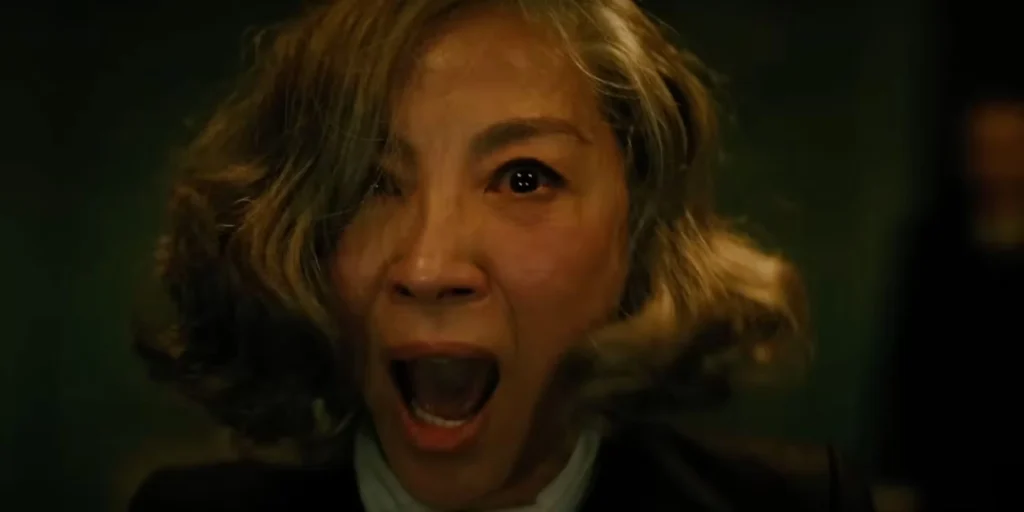
In Christie’s novel, the primary murder victim is 13-year-old Joyce Reynolds, who witnesses a murder and is subsequently killed to silence her. In A Haunting in Venice, Joyce Reynolds, portrayed by Michelle Yeoh, meets a grisly end that avoids the disturbing implications of a child murder, a change likely made with a broader audience in mind.
5. A Haunting In Venice Changes Hercule Poirot’s Personality
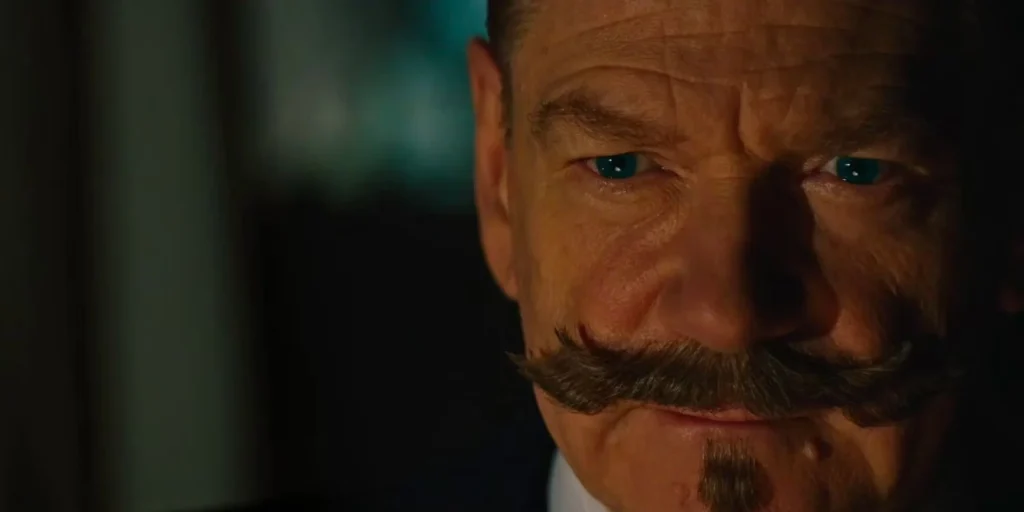
While A Haunting in Venice doesn’t reveal much new information about Poirot’s past, it emphasizes his atheistic outlook, leading him to doubt the supernatural elements of the story. This skepticism is rooted in his war experiences, which have left him and Dr. Ferrier (played by Jamie Dornan) with physical and emotional scars.
6. A Haunting In Venice Changes Ariadne Oliver’s Motivations
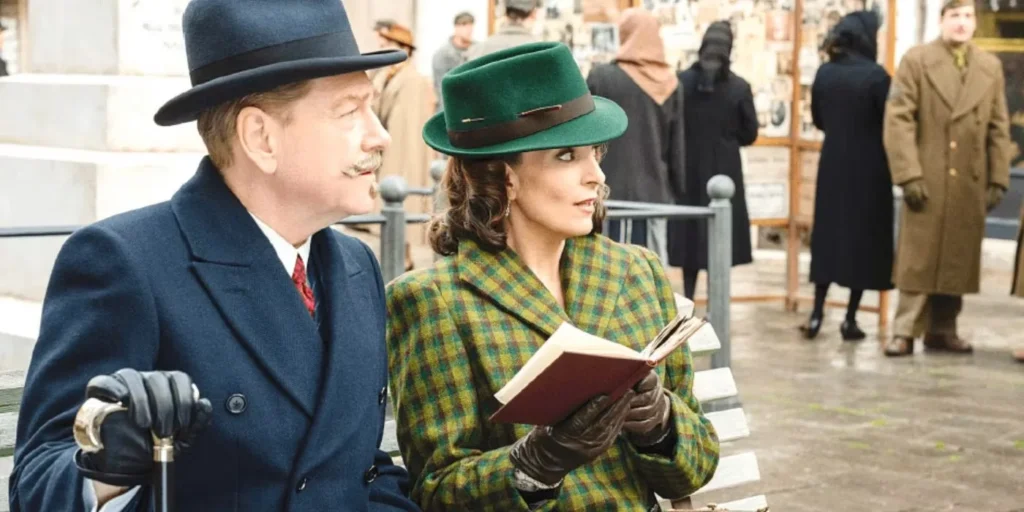
In Hallowe’en Party, Ariadne Oliver genuinely seeks Poirot’s help to investigate the murder. However, in A Haunting in Venice, Ariadne’s motives are different. She enlists Poirot’s assistance not out of friendship but because she believes challenging him will boost her book sales.
Read more: 10 Best Doctor Who Villains
7. A Haunting In Venice Changes How The Murders Are Executed
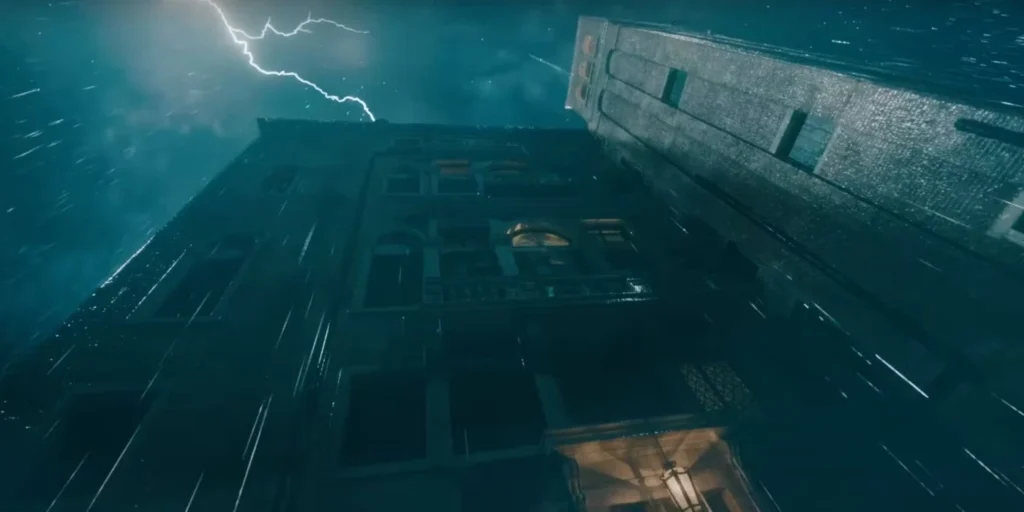
While both versions involve a murder in an apple-bobbing tub, A Haunting in Venice portrays Joyce Reynolds’ death as more gruesome, with her being thrown off a high balcony and impaled on a statue’s arm. Similarly, Dr. Ferrier’s fate takes a different turn in the movie, with him ultimately being responsible for his own demise.
8. A Haunting In Venice Simplifies The Plot
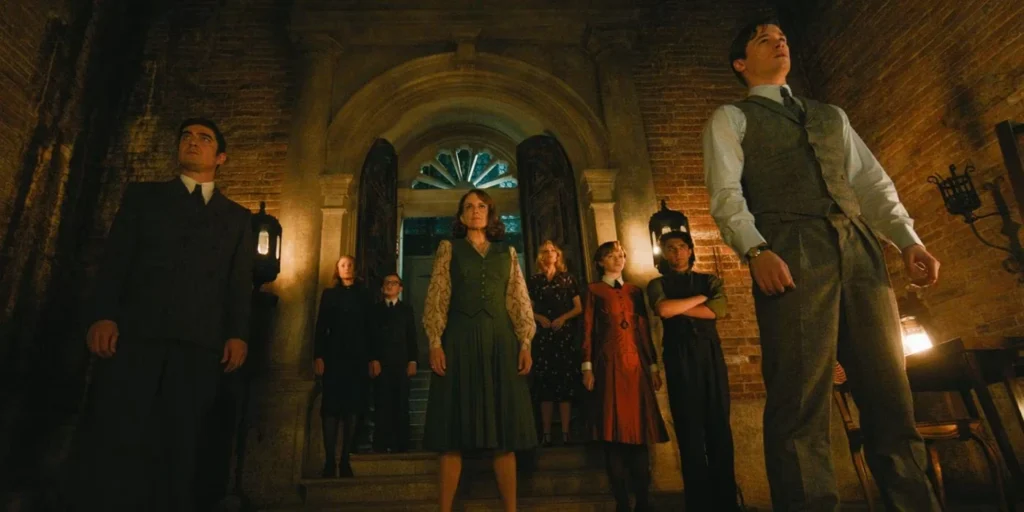
A Haunting in Venice condenses the action into one suspenseful night, utilizing a “closed circle” mystery trope where each room in the house has its own clues and significance. This streamlined approach keeps the audience on edge.
9. A Haunting In Venice Changes The Murder Culprit
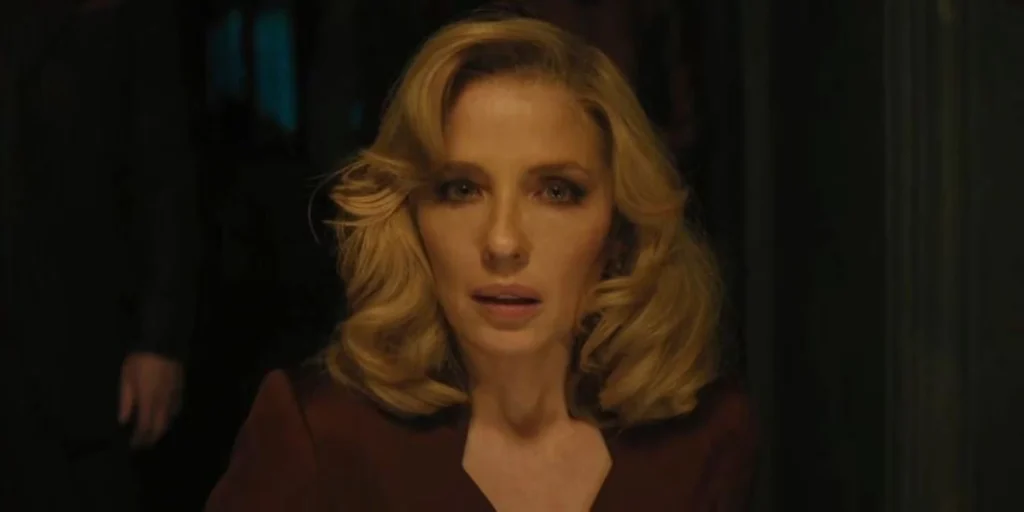
Unlike the book, which features multiple murderers for multiple deaths, A Haunting in Venice narrows it down to one killer: Rowena Drake, the mother of Alicia Drake. This twist, involving a mother killing her own daughter, adds an unexpected layer of shock to the film’s finale.
10. A Haunting In Venice Implies Ghosts Are Real
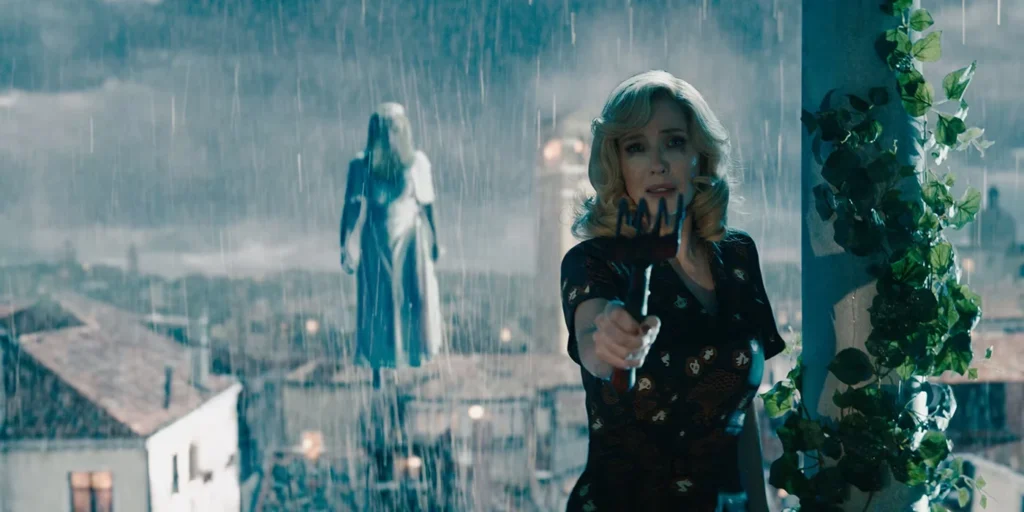
While Hallowe’en Party remains a straightforward murder mystery, A Haunting in Venice introduces supernatural elements, with Poirot experiencing ghostly encounters. These visions are later explained as hallucinations caused by a substance in his tea, but the movie leaves some encounters unexplained, hinting at the possibility of genuine spiritual encounters.
Read more: What If…? Season 2: Exciting New Episodes Await!
Wrapping it up!
In conclusion, A Haunting in Venice breathes new life into Agatha Christie’s book, offering a fresh and thrilling cinematic experience that departs from the source material in numerous intriguing ways. These changes serve to captivate and surprise audiences while paying homage to the original story’s essence.
As we delve into this haunting tale set against the enchanting backdrop of Venice, it becomes evident that Kenneth Branagh’s vision transcends mere adaptation. It’s a testament to the power of storytelling and the willingness to take creative liberties in the pursuit of delivering a truly unique and spine-tingling narrative.
While some might argue that these alterations stray too far from Christie’s original work, they bring a modern and cinematic flair to the story, making it accessible to a broader audience and ensuring that even the most die-hard Agatha Christie fans will be kept guessing until the very end.



